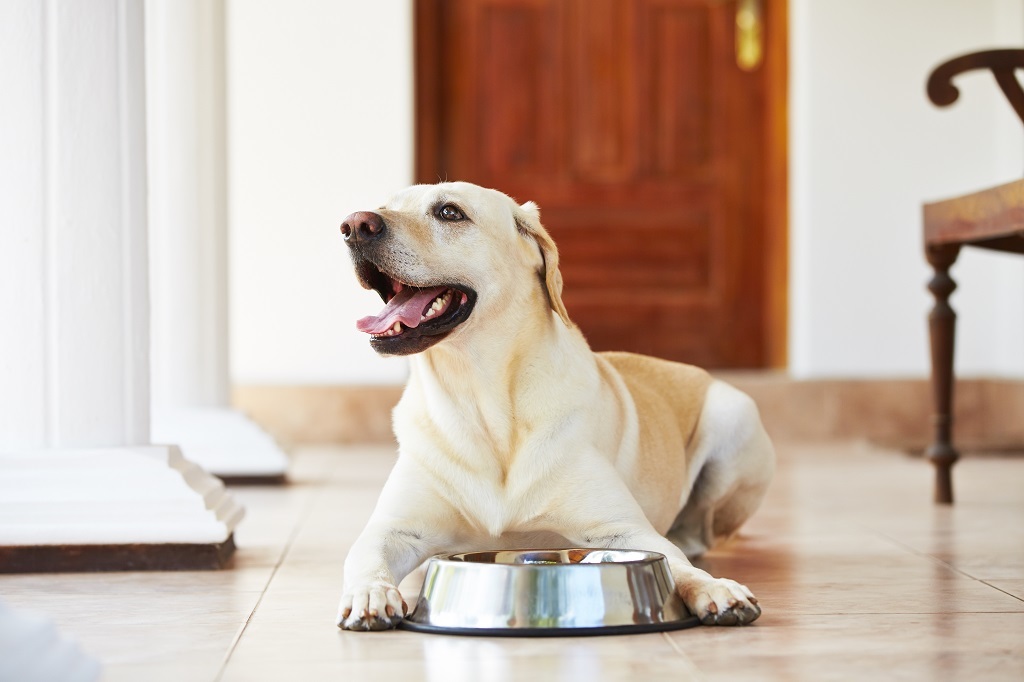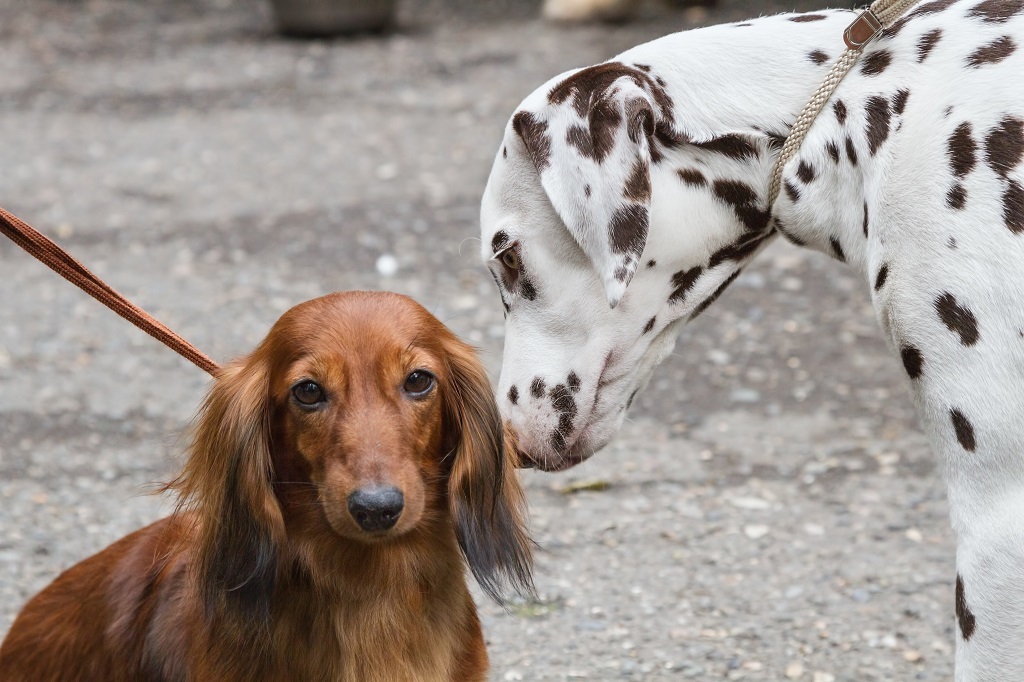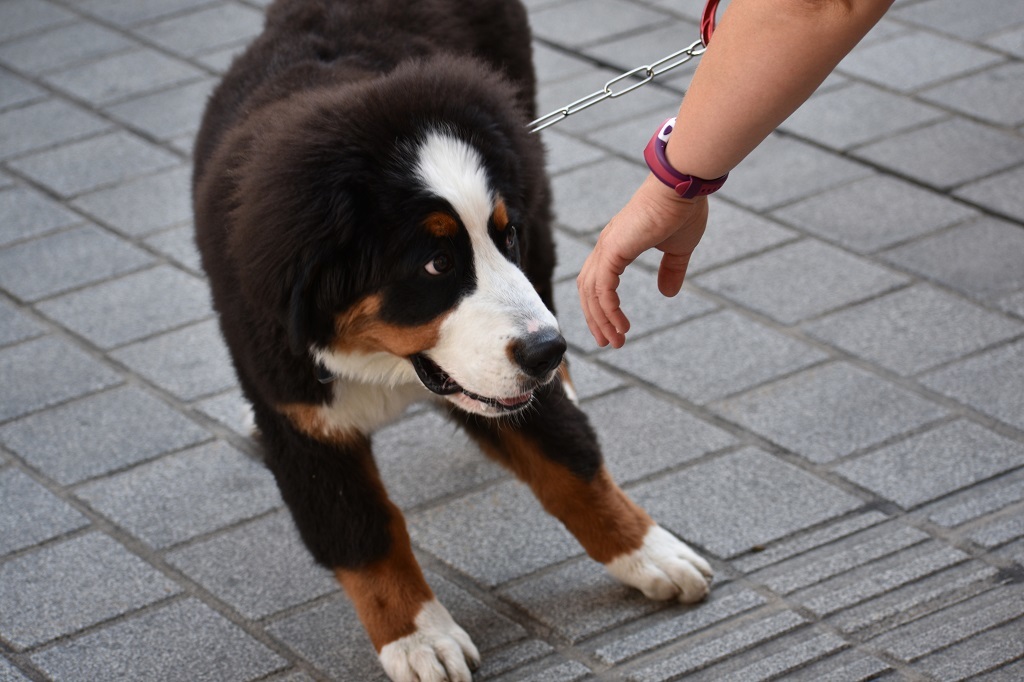We all experience stress and anxiety at certain stages of our life – but not everyone appreciates that our dogs are just as vulnerable to the effects of it as we are.
Our four-legged family members can’t express themselves by taking a time out, slamming a door or sitting down for a good chat with us, so it’s important that we pay attention to their behaviour and emotional state so you can support them in the right way.
Lintbells, manufacturers of premium natural pet supplements, have always placed great importance on understanding your pet to ensure they are healthy and happy both inside and out.
As part of their ongoing work in supporting pet owners, Lintbells have put together a few tips on triggers of stress and anxiety in your canine companion.

Leaving your dog home alone
Dogs aren’t known as ‘man’s best friend’ for nothing – they are social creatures and love being around us, so it’s normal for them to feel stressed or anxious when they’re left on their own. It’s important to teach your dog to feel confident and relaxed about being home alone from a young age. You can do this by encouraging your pooch to spend more time in their comfort place, be it the bed or the garden when you are engaged in another activity, and changing their association with being left alone by introducing interactive toys, chews or treats to this environment to distract them.
It’s always a good idea to slowly increase the time you are away from your pet. Start with very short periods, such as spending more time in your room and then gradually build up the length of time you are away, making sure they are relaxed and happy throughout the process with positive reinforcement and rewards.

Encountering other dogs
While most dogs will naturally get along with each other, there may be some who will find it more difficult than others, potentially experiencing some nervousness or unease when meeting other dogs. This may be caused by various factors including genetics, lack of early socialisation and past traumatic experiences.
If a canine becomes stressed in this situation they will often flatten their ears, yawn and lick their lips. They may also pant continuously, even if it’s a cooler day, have a tucked tail, or even in some instances raise their hackles and become aggressive.
Socialising your dog is the best way to help them become accustomed to novel experiences. Meeting new dogs, people and learning how to interact with inanimate objects like cars, horns and bikes can help ease your pet into unfamiliar circumstances.

Visiting the vets
On a normal day, jumping into the car is a happy and exciting experience for your pet, but getting them through the vet’s door can be another story altogether. This is often due to past experiences forming a negative association for your dog when taking a trip to the vet.
To help your pet remain calm when visiting the vet preparation is key – taking your dog for regular trips in the car to do something fun such as a walk, especially to the area where the vets is, will help to change that negative association.
Similarly, by regularly handling and checking your pet it will become less scary once they reach the examination table. On the day of your visit, make sure to drive sensibly with plenty of ventilation in the car and keep them on a short lead in the waiting room – if the waiting room is full or causing added anxiety let the practice receptionist know and often you will be allowed to wait outside until your appointment is called.

Firework season
While many of us look forward to the cooler weather and brightly coloured leaves of autumn, for those with nervous pets it is a dread to know that fireworks season is just around the corner. Some dogs can react to loud and unexpected noises and owners will need to plan ahead to keep their pet safe.
Acclimatising your dog to noises prior to the big night is always a good idea, or make a safe den for your dog to retreat to if they feel scared. During the fireworks, you can distract your dog from the noise by having the TV or the radio switched on, and make sure to close the curtains so they can’t see the flashing lights as easily.

Strangers can be a trigger
A dog’s fear of strangers must be handled carefully as all dogs react differently when they are afraid. Never force your pet to accept handling from a stranger and allow them to approach unfamiliar visitors on their own terms.
Regardless of the situation, it’s important to remain patient and ensure you are taking all the safety precautions to keep your pet healthy and happy.
If your dog shows anxiety in any of these situations, it’s best to provide them with extra support by using a natural supplement, like YuCALM Dog alongside behavioural training techniques.
YuCALM Dog contains scientifically proven ingredients to reduce anxiety and help pets to feel more relaxed without sedating. It is safe and effective to use as both long and short term aid.
TAGS

